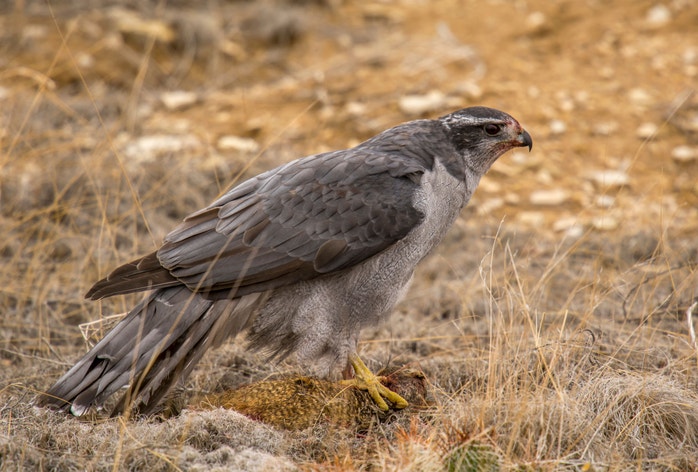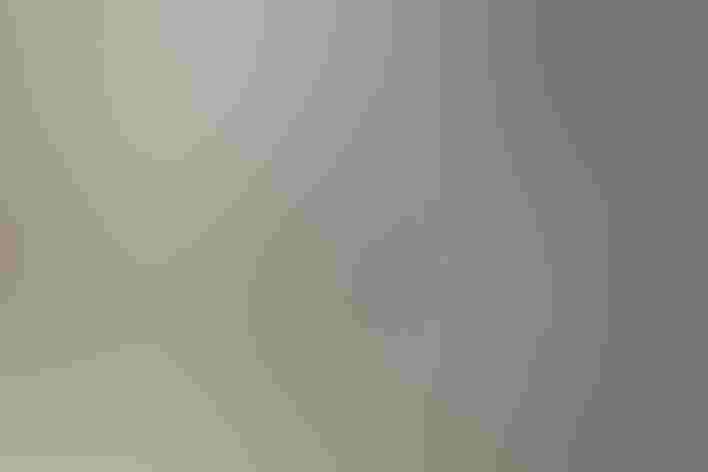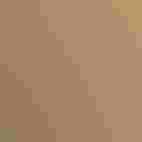American Goshawk
At a Glance
A powerful predator of northern and mountain woods. Goshawks hunt inside the forest or along its edge; they take their prey by putting on short bursts of amazingly fast flight, often twisting among branches and crashing through thickets in the intensity of pursuit. In some years, perhaps when prey is scarce in the north, autumn invasions may bring Goshawks well to the south of their normal range in the east and into lowland valleys in the west.
All bird guide text and rangemaps adapted from Lives of North American Birds by Kenn Kaufman© 1996, used by permission of Houghton Mifflin Harcourt Publishing Company. All rights reserved.
Category
Hawk-like Birds, Hawks and Eagles
IUCN Status
Least Concern
Habitat
Arroyos and Canyons, Fields, Meadows, and Grasslands, Forests and Woodlands, High Mountains, Shrublands, Savannas, and Thickets
Region
Alaska and The North, California, Eastern Canada, Great Lakes, Mid Atlantic, New England, Northwest, Plains, Rocky Mountains, Southeast, Southwest, Western Canada
Behavior
Flap/Glide, Soaring
Population
420.000
Range & Identification
Migration & Range Maps
Some may remain through winter in north woods, others (especially young birds) move south. Sometimes big invasions move south of breeding range, possibly when prey is scarce in north. Migrates relatively late in fall, early in spring.
Description
20-26" (51-66 cm). W. 3' 6 (1.1 m). Adult distinctive if seen well, gray-barred below, with black face, sharp white eyebrow. (Note that some female Cooper's can look quite gray.) Compare also to Gyrfalcon, Juvenile much like young Cooper's Hawk, but fluffy white undertail coverts have large dark spots; bars on tail form more obvious zigzag pattern.
Size
About the size of a Heron, About the size of a Mallard or Herring Gull
Color
Black, Brown, Gray, Red, White, Yellow
Wing Shape
Broad, Rounded
Tail Shape
Rounded, Square-tipped
Songs and Calls
Loud kak-kak-kak-kak-kak when disturbed.
Call Pattern
Flat, Simple
Call Type
Scream
Habitat
Coniferous and mixed forests. Generally restricted to wooded areas, but may be in relatively open woods or along edges. Often more common as a breeding bird in mixed woods than in pure stands of coniferous trees. During winter incursions to the south, may be found in any forest type.
Sign up for Audubon's newsletter to learn more about birds like the American Goshawk
Behavior
Eggs
2-4, rarely 5. Bluish white, fading to white. Incubation is mostly by female, 32-38 days; male brings food to her.
Young
Female remains with young most of time at first; male brings food, and female feeds it to young. Adults (especially female) very bold in defense of nest, diving at intruders, including humans, and sometimes drawing blood. Age of young at first flight about 5-6 weeks.
Feeding Behavior
Hunts by perching quietly at mid-levels in trees, watching for prey, often moving from one perch to another. When prey is spotted, hawk attacks with a short flight, putting on a great burst of speed and often plunging through tangled branches and thickets in pursuit of quarry. Sometimes searches for prey by flying low through woods.
Diet
Mostly birds and small mammals. Feeds on many medium-sized birds, such as grouse and crows; also many squirrels, rabbits, snowshoe hares. Also eats some small birds, small rodents, snakes, insects.
Nesting
May mate for life. In display over nesting territory, adult glides and circles, often with fluffy white feathers under tail spread out to sides; also may do a series of shallow dives and upward flights. Male provides most or all food for female, beginning before eggs are laid. Nest site is in tree, often in deciduous tree in mixed forest, at a major crotch in the trunk. Height varies, commonly 25-50' above ground, sometimes 15-75' up. Nest (built mostly by female) is platform of sticks, lined with finer material, including green foliage. Nest may be reused, with more material added each year, becoming quite large.
Conservation
Conservation Status
Expanding range and possibly increasing in northeast during recent decades. Populations in southwestern mountains may be threatened or endangered by loss of habitat.
Climate Threats Facing the American Goshawk
Choose a temperature scenario below to see which threats will affect this species as warming increases. The same climate change-driven threats that put birds at risk will affect other wildlife and people, too.





